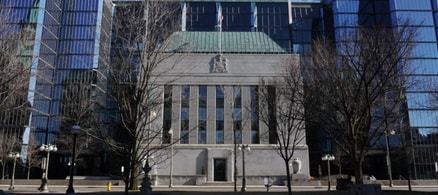Instant diversification
A REIT is an entity that specializes in owning and operating properties that generate income. These properties might be commercial, like office buildings, warehouses or shopping malls; multi-residential like apartment buildings; or more left-field assets like data centres and cell towers.
While some REITs specialize in certain sectors of real estate, such as commercial properties, they still provide diverse investments because they hold different property types in different markets. You’re unlikely to find a REIT that only buys, say, single-storey shopping plazas in Toronto. By mixing assets and their locations, REITs provide a hedge against regional downturns that could otherwise damage their rental income.
And rental income is the name of the game for REIT investors, as the rent collected makes up the cash that the trust returns to investors as shareholder dividends. Even if the assessed value of a REIT’s properties falls for some reason, as long as rental income remains steady, your dividends should too.
REITs are similar to mutual funds, in that investors provide the money a REIT needs to grow and maintain its portfolio, and the trust rewards them for their investments with regular dividends. You can purchase shares in a REIT on a public market like the Toronto Stock Exchange, the same way you would any stock.
The benefits of investing in REITs
In addition to the baked-in diversification, something you don’t get when you purchase an individual property, REITs provide a few other benefits.
First, you won’t need to take on the headaches endured by many property investors. No maintenance, no repairs, no impossible-to-satisfy tenants. You get the financial benefits of being a landlord without the hassle.
REIT shares are also highly liquid. You can offload them as easily as any stock you might sell using a trading app on your phone.
The distributions paid out by REITs can help you increase your fixed-income returns and provide your portfolio with an added hedge against inflation, because when rental rates increase, so does a REIT’s income.
Mind the risks — including rising interest rates
Choosing a REIT isn’t always easy. You’ll want to find one with the right mix of assets and a strong management team that can consistently grow profits. That requires due diligence on your part.
Because REITs are sold on public stock exchanges, you need to approach a REIT investment the same way you would a dividend stock. The payouts might remain constant, but the share price is still subject to the whims of the market. There’s no guarantee that REIT shares will keep growing, or that they won’t take a sudden nosedive.
From Nov. 24 to Dec. 1, 2021, RioCan Real Estate Investment Trust, Canada’s second-largest REIT, saw its share price drop a steep 8.7 per cent, to under $21 per share. But RioCan’s share price recovered all of that within a month, trading around $23 by early January.
Another risk to be wary of involves interest rates. REITs typically don't perform well when interest rates rise. Investors often see an opportunity to purchase bonds and other forms of fixed income instead, which tamps down REIT demand and share prices.
With the Bank of Canada expected to raise its overnight rate multiple times in 2022, Canada's REITs could be under increased pressure to keep performing well in the coming year.





